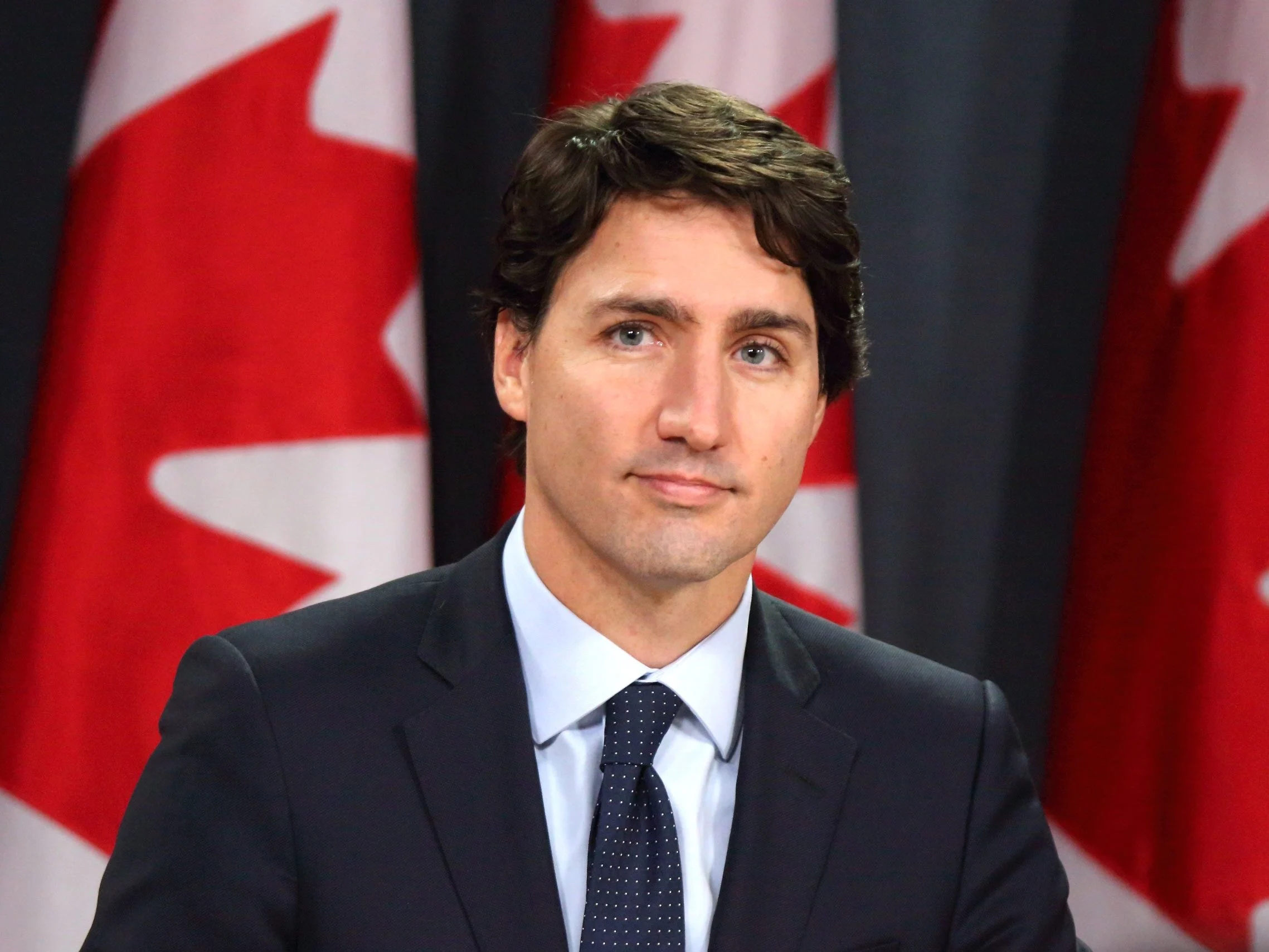Families Minister Jenna Sudds stated on Monday that some Ontario daycare centers have withdrawn from the federal government’s national early learning and child care program due to insufficient financial support from the province.
When asked about the daycare centers either declining participation or exiting the Canada-wide Early Learning and Child Care (CWELCC) program, Sudds explained that it is a “consequence, unfortunately, of a delay with respect to the province of Ontario coming forward with a sustainable and long-term funding formula for providers.”
She emphasized that the province is “responsible for fostering those relationships” to ensure providers have the necessary funds to “confidently continue to provide high-quality services.”
Sudds made these remarks during a visit to St. Thomas, Ontario, where Prime Minister Justin Trudeau announced $200 million in funding to create more child care spaces in the province, addressing the existing shortage.
Earlier this year, Toronto’s Ola Daycare withdrew from the national child care program, citing insufficient funding from both the federal and provincial governments to cover their costs.
As a result, parents saw their fees double to approximately $1,400 per month.
The daycare’s operator explained in an email to parents, obtained by the Canadian Press, that Ola’s monthly debt was increasing “by a significant amount.” To avoid shutting down, they had to exit the $10-a-day program and raise rates to keep pace with inflation.
While some daycare centers are reportedly distancing themselves from Ottawa’s program—which aims to halve child-minding fees before eventually reducing them to $10 a day—Families Minister Jenna Sudds stated that most daycares support the initiative.
Finance Minister Chrystia Freeland’s 2021 budget included a $30 billion, five-year commitment to implementing a national child care program, fulfilling a longstanding Liberal Party promise.
All provinces and territories have signed on to the deal. In return for the funding, they must adopt the federal government’s lower fee schedule and increase wages for child-care workers.
However, some daycare centers argue that Ontario is setting reimbursement rates too low, failing to adjust for recent cost increases.
Operators have expressed concerns that the combination of capped parent fees and insufficient government rebates is pushing some daycare centers toward insolvency, with some threatening to exit Ottawa’s child care program.
The federal Conservatives have criticized the government’s handling of the new child care program, but party leader Pierre Poilievre has not clarified his plans for the initiative if elected.
When asked on Monday if the party would scrap the child care program, a spokesperson for Poilievre did not provide a direct answer. “Justin Trudeau is only good at staging photo ops,” the spokesperson said in a media statement. “All he ever delivers is chaos, delays, and punishing costs to struggling families.”
Prime Minister Trudeau seized on Poilievre’s evasiveness, asserting that a vote for the Conservatives is a vote to end a program that has reduced costs for Canadian families.
Although child care costs have decreased for many parents, with rates halved in Ontario and other regions, finding a spot remains a significant challenge, according to data.
Poilievre’s spokesperson highlighted recent Statistics Canada data indicating that families find it more difficult to secure child care spots now than five years ago.
The StatsCan data also shows that nearly half of all infants under age one are on a waitlist, up from 38 percent in 2022.
Poilievre’s spokesperson also referenced a study from the University of British Columbia, where researchers interviewed low-income families who have accessed the child care program.
“After six months of intensive recruitment, we could only find 13 across the province.”
Sudds said Monday the program has been a success, with tens of thousands of parents saving thousands of dollars every year on child care.
“We know here in Ontario there’s 300,000 children already benefiting from our high-quality and affordable spaces. But we need more. The work continues,” she said. “We expect the province will engage with providers.”



